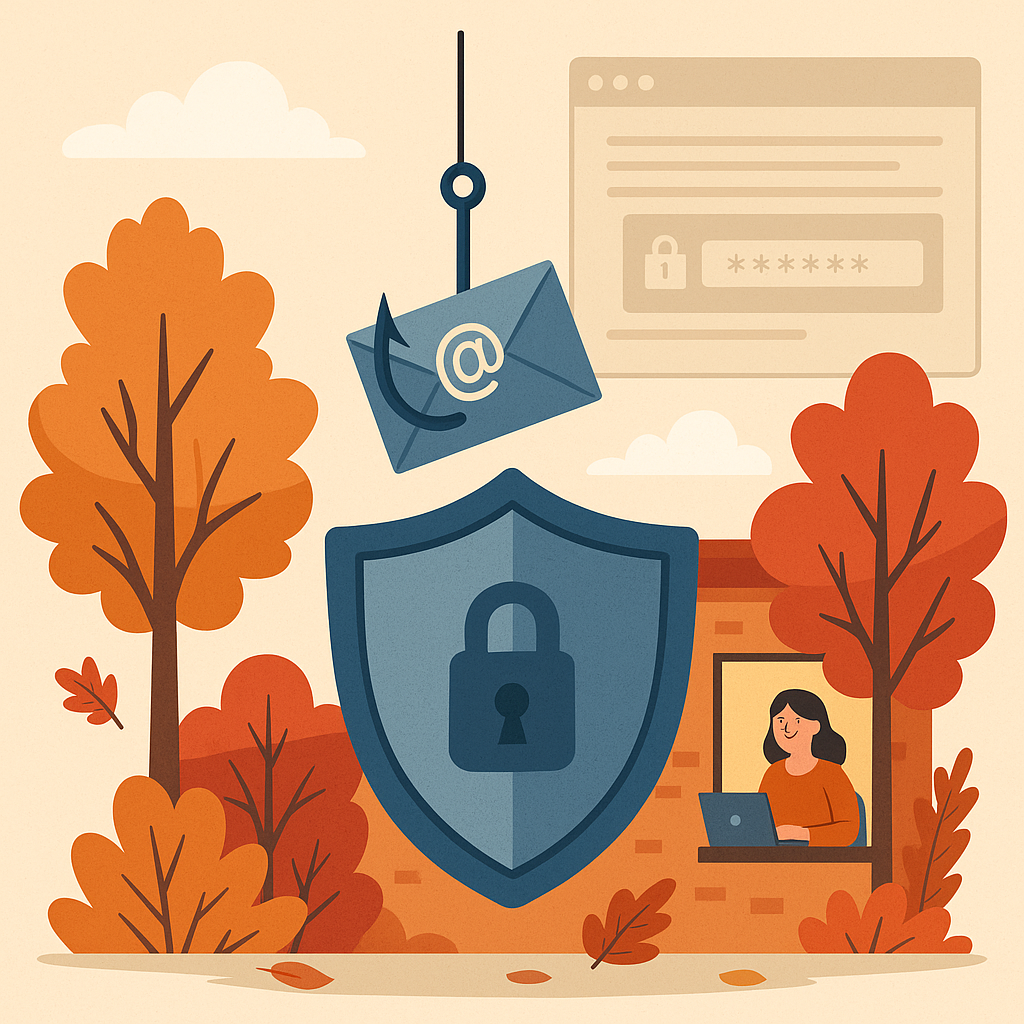The holiday season brings out the best in us — and, unfortunately, the worst in some others.
This is the time of year when Minnesota’s senior care facilities shine with acts of compassion: staff adopting families in need, residents knitting scarves for veterans, and local businesses (maybe even yours) stepping up to give back.
But while our hearts open wide… scammers are watching.
The Risks Are Real — And Growing
A few years ago, a telefunding ring made 1.3 billion fake donation calls, collecting over $110 million through false promises and phony charities. On social media alone, over 800 fraudulent accounts were caught directing generous donors to fake causes.
It’s not just individuals being tricked — small businesses and care organizations can get pulled into these scams too. One misstep and your facility’s name could be tied to fraud, eroding trust with families, partners, and your community.
Let’s make sure your goodwill doesn’t become a liability.
How To Vet a Fundraiser Before You Donate
Before clicking that “donate” button or sharing a campaign with staff:
Ask these questions:
· Who organized the fundraiser, and how are they connected to the cause?
· How will the funds be used — and over what timeline?
· Is there a clear, safe way for funds to reach the intended recipient?
· Are family or close contacts of the recipient publicly supporting the campaign?
If the answers feel vague or evasive, pause. Trust your instincts.
Red Flags That Signal Scam
Even the warmest-looking fundraiser can be a trap. Watch for:
· Stories that feel overly polished or emotionally manipulative
· Fundraisers missing key details or changing frequently
· Pushy or urgent donation requests (“only 3 hours left!”)
· Requests for unusual payment methods — like gift cards or crypto
When you see more than one red flag, step away. And if you suspect fraud, report it.
Why This Matters For Your Business
When your business gives — especially publicly — that act becomes part of your brand.
If an employee donates under your business name to a fake cause, or if your social media shares a fraudulent link, the consequences can ripple fast: loss of reputation, trust, and even legal exposure.
What’s more — these same scammers often use the same tactics in phishing emails, fake invoices, and ransomware attacks.
Teaching your staff to spot charity scams also helps them recognize business threats.
How To Keep Your Giving Safe (And Meaningful)
Here’s how to give with confidence:
· Create a Giving Policy: Define how your facility donates — and who approves it.
· Educate Staff: Remind your team to double-check before giving under your organization’s name.
· Use Trusted Channels: Go directly to a charity’s website. Don’t donate through social media links or email pleas.
· Verify & Monitor: If you publicize a donation, make sure the charity is legit — and follow up to see how funds are used.
Give With Confidence This Season
At your core, you’re in the business of care and trust. Don’t let a scam compromise that.
Want help training your staff to spot scams — whether it’s a fake GoFundMe, a phishing email, or a bogus invoice?
Let’s connect. We’ll give your team the tools to stay safe, so your generosity does what it’s meant to do: spread good, not regret.
Ready to strengthen your cybersecurity or compliance posture?
BounceBack Solutions is here to help.
📧 info@bouncebacksolutions.com
📞 763-335-9255
















